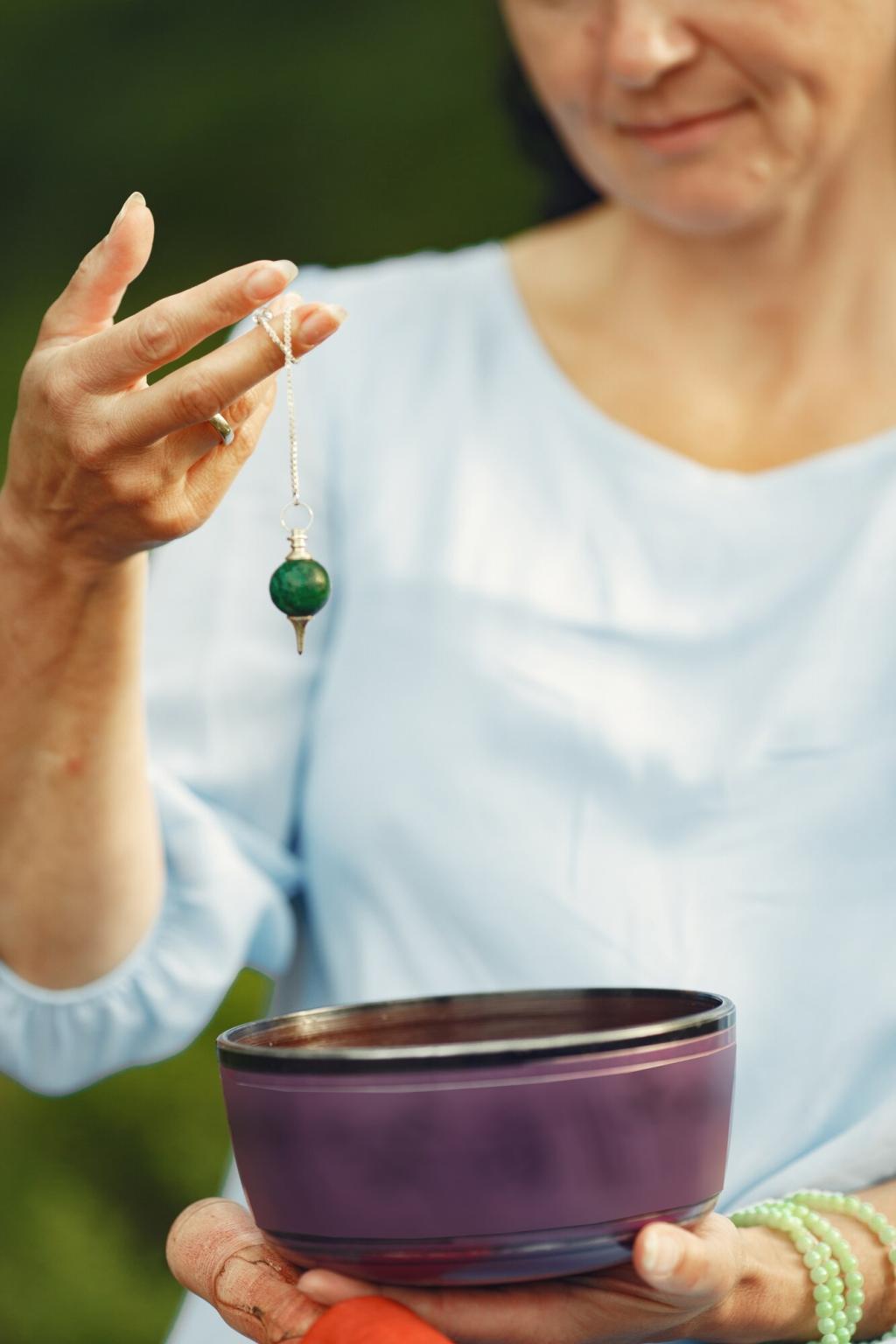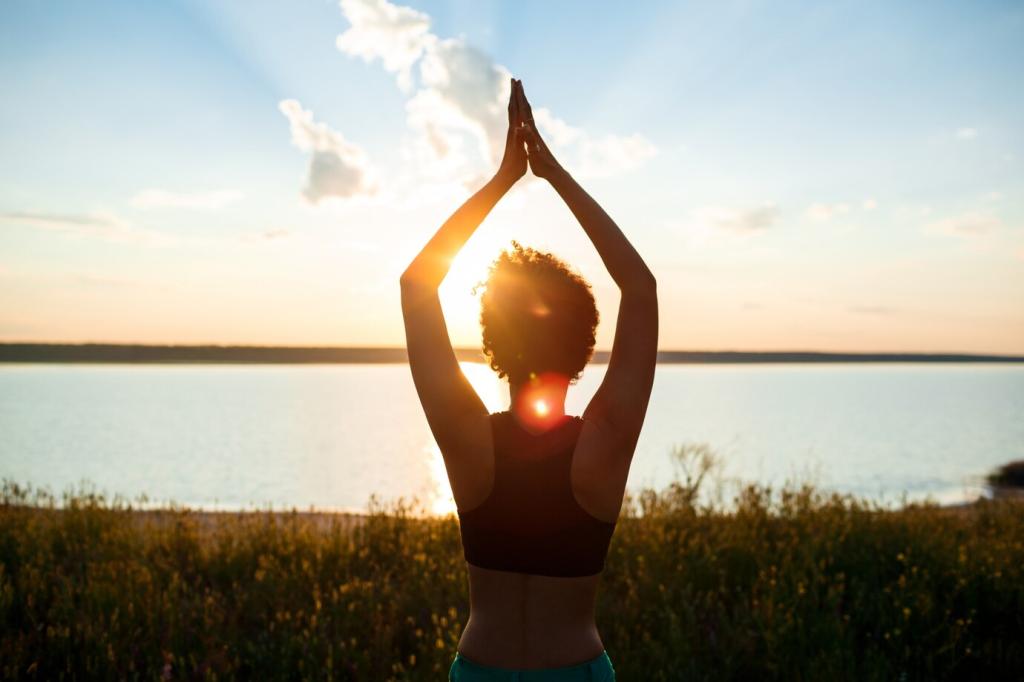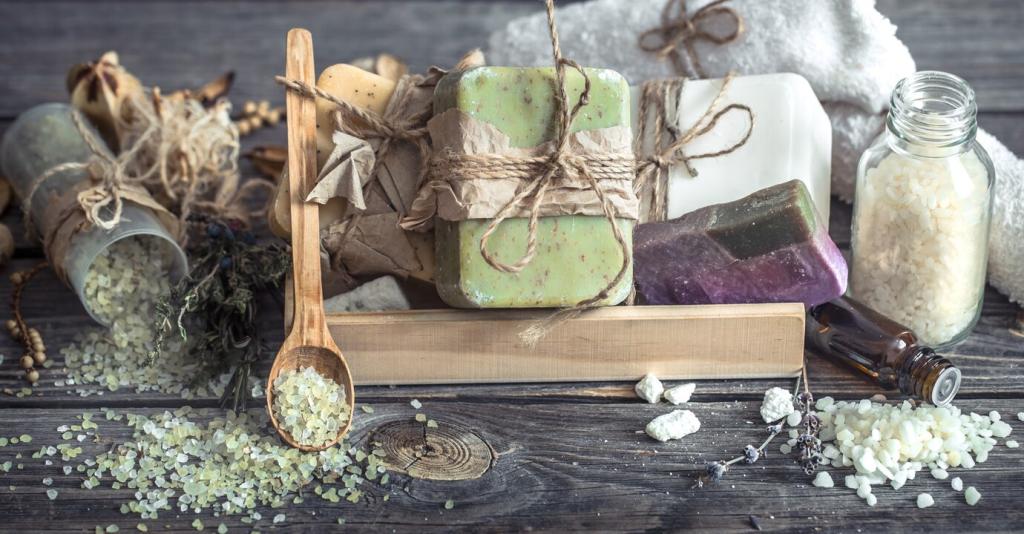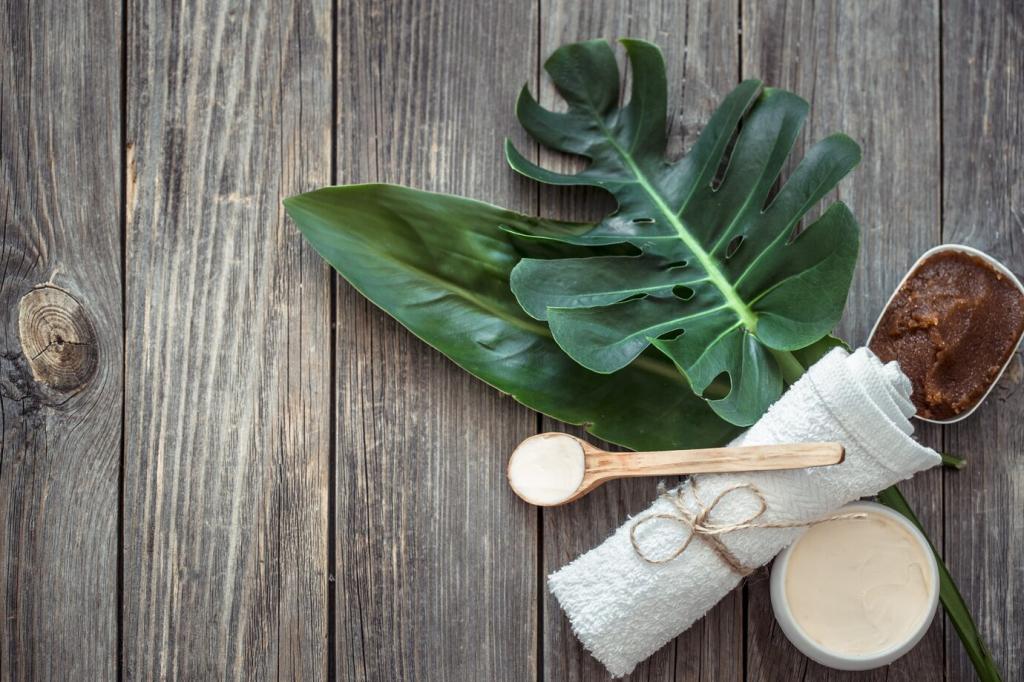Build a Sustainable Ritual: Journals, Habits, and Gentle Metrics
After practice, write three lines: what you did, one felt sensation, one thing you learned. Keep it brief so it sticks. Post your favorite journal prompt to inspire others building steady mindful routines.
Build a Sustainable Ritual: Journals, Habits, and Gentle Metrics
Attach practice to existing anchors: boil water, breathe; open laptop, scan body; brush teeth, stretch shoulders. Tiny cues reduce friction. Which anchor will you try tomorrow morning? Tell us so we can cheer you on.






